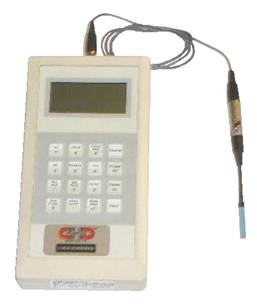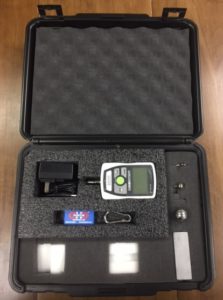VISUAL INSPECTION
A) Cracked welds or damaged components resulting from excessive vibration or physical abuse.
B) Worn components from abrasive products or extended use.



MAGNET STRENGTH
A) Gauss readings using a gaussmeter. Gaussmeters measure the number of lines of flux in a magnetic field. This is an accurate measurement of the magnetic field but is an expensive piece of equipment. One of the drawbacks is that the sensitivity of the gauss-meter will produce different results with the slightest movement. When monitoring the performance of a magnetic separator over a period of time, accurate comparisons will be very difficult.
B) Pull tests are the most common method. This requires a pull test scale ( spring loaded scale graduated in ounces or pounds ) and various test fixtures. When comparing test results, whether between different magnet manufacturers or an in-house scheduled audit, it is imperative that the same procedure and apparatus are used in each test. If a smaller ferrous test fixture is used than what was used in the previous test, the results will differ greatly. The reason for this is the larger the ferrous test fixture, more of the magnetic field will be absorbed, therefore, producing higher test results.
Pull tests produce two end results- pulling power and holding power. Both of these results are of equal importance. Pulling power relates to the "reachout" of the
magnetic field. Depending on the application, a magnet that has the power to draw ferrous contaminants out of a product stream should have the ability to retain that ferrous contaminant. Therefore in comparison the reach out would be more critical than the holding power. Plate magnets typically fall into this category.
Holding power relates to the breakaway force required to remove the ferrous test fixture from the working surface of the magnet. Grates and drawer type magnets typically have 1" diameter magnetic tubes mounted on 2" centers. Quite often there are two or more rows of staggered tubes. While reach out is still important, it is more critical to the performance of the separator that it have the maximum achievable holding power. The staggered configuration of the magnetic tubes causes the product to cascade over one row of tubes and fall directly below on top of the following row of tubes. This ensures the weakly magnetic particles will be captured and retained and not return to the cleaned product.
